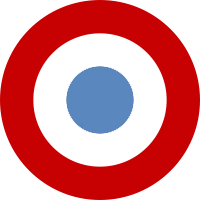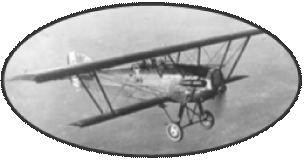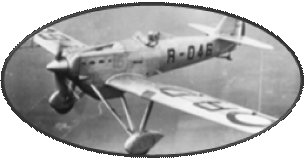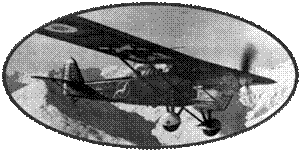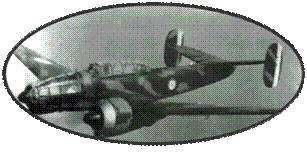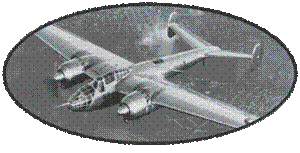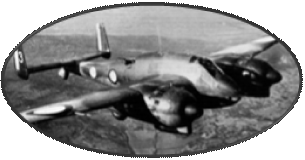In 1928, Military Aeronautics
issued a call for tender for the supply of an Observation Aircraft
for the Army and the Artillery. The company Potez responds with
the Potez 39. The prototype, powered by a Hispano-Suiza 12Hb of
500 hp is entirely metal construction. It makes its first flight
on December 20, 1929. Following the first tests, some modifications
are made to correct a problem of stability: increase of the rear
lever arm with the lengthening of the fuselage of 10cm and magnification
of the drift. The prototype continues its tests until 1932, joined
by 3 other Potez 39 pre-series. Different configurations of motorization
will be carried out: Hispano-suiza 12Kb, 12Xbr, 12Ybrs, Renault.
Military Aeronautics finally
chose Breguet 27, one of the competitors of Potez 39, but in May
1932 commanded 100 copies of Potez 39A2.
The prototype n ° 02 was
sent in early 1931 to Villacoublay to undergo a series of complete
tests.
Peru was the only foreign
country interested in the Potez390, in a lightweight Bombardier
configuration: the Potez 391 serie. 12 units will be delivered
to the country.
The Potez 39 is an all-metal
with parasol wings. Covered entirely with duralumin, this is the
first Potez series device using this technique. The motorization
chosen is the Hispano-suiza 12H of 580ch. The armament consists
of a pair of 2 Lewis machine guns of 7.5mm for the observer, and
a Darne machine-gun synchronized on the hood, actuated by the
pilot. It also has a bomb bay allowing it to carry a dozen bombs
of 10kg. And finally, it is equipped with a fixed camera inside
the fuselage, with aim through the floor. The Potez 39 has a particularity:
Its reservoir, placed between both men of crews, can release during
flight, to avoid everything, fire risk: the aircraft being then
transformed into glider...
The first Potez 39 series
will be delivered from the summer of 1933 to the recent "Air Force".
The first units to collect it are GO II / 32 (Observation Group),
GO I / 34, GR II / 54 (Reconnaissance Group). In 1937 they were
replaced in units by Bloch 200, Amiot 143 or Potez 540 twin-engine
aircraft. They were then transferred to the GAR (Regional Aircraft
Group), which became GAOs (Aerial Observation Group) from January
1938.
In September 1939, the
delivery of the new reconnaissance aircraft, Potez 637, 63-11,
having fallen behind, it is with the Potez 39 now outdated that
the GAO will enter the conflict. As of September 21, 1939, the
first Potez 39 is shot down by the Fighters. It is a GAO 510 aircraft
: the crew is killed.
The Potez 39 will however
be withdrawn from service sooner or later depending on the delivery
of the new devices expected (Pote 637, Potez 63-11, ...). They
are donated to the EAA301 (Chateaudun Air Force Warehouse), and
some of them will be assigned to the CIR (Reconnaissance Training
Center). During the attack of May 10th, 1940, some Potez remained
still in service. They will be used for links or some Reconnaissance
missions. They will be abandoned on the land as the units move
south.
At the Armistice, the Germans
demanded a census of the French apparatus present on the different
terrains: it will be counted 41 Potez 39. These apparatuses, too
old, will all be reformed.
